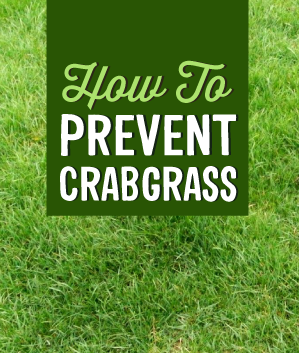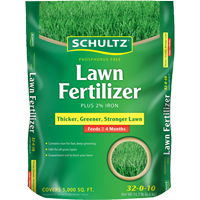
Did you know that crabgrass is an annual weed? Mother Nature is not making things easy on us but luckily there are solutions for preventing and killing this annoying weed in your lawn. It can be a tough mission but with the proper steps, you are sure to have success. First and foremost, remember that a healthy lawn is less susceptible to the disease reiterating the importance of maintaining and caring for your lawn. To ensure all of this, follow these easy steps to preventing crabgrass.
Identify. First, make sure the disease is crabgrass. Young and mature crabgrass can disguise itself. Young seedlings have coarse, pale-green broad leaves and sometimes look like a small stock of corn. Mature crabgrass is often a different shade of green (may have purple hue), grows in clumps, and is taller. Crabgrass in Bermuda grass can be even harder to spot. Bermuda grass is finer and a darker green than the thicker, finger-like spikes in crabgrass.
Patience. In some cases, especially with mature crabgrass, it can take more than one season to completely eliminate the weed in your lawn. Without patience, you could possibly destroy your original lawn. Fortunately, there are things you can do to control the crabgrass and discourage it from spreading.
Mowing. Crabgrass grows from the root; mowing or chopping off the crabgrass will not solve your problem. Actually, by keeping your lawn longer helps prevent crabgrass germination.
Watering. Some people think if they don’t water their lawn, it will discourage the growth of crabgrass. This misconception will only hurt your lawn and its root system. Unlike grass, crabgrass can thrive in dry and hot conditions.
Manual Labor. Kill any large clumps of crabgrass by pulling from the roots. It is important to remove the entire root system thus preventing it from returning.
Prevent Crabgrass Early. Apply a fertilizer with a pre and early post – emergent for season-long control of crabgrass. Be sure to only apply to well-established lawns with a developed root system. Most crabgrass preventers are activated by rain or irrigation. Read the fertilizer package for more details. Stay on track by implementing a Lawn Fertilizer Program. This helps maintain timing and application of the correct and effective nutrients.
Bare Spots. After you are crabgrass free, you may notice thin or bare spots in your lawn that can be fixed by planting grass seed. If you have already applied a fertilizer with a pre- and early post-emergent in these areas, wait 16 weeks before you overseed or reseed.











